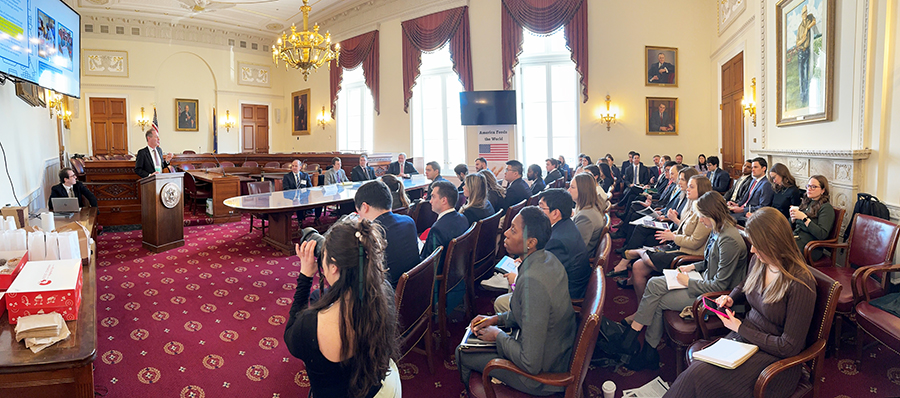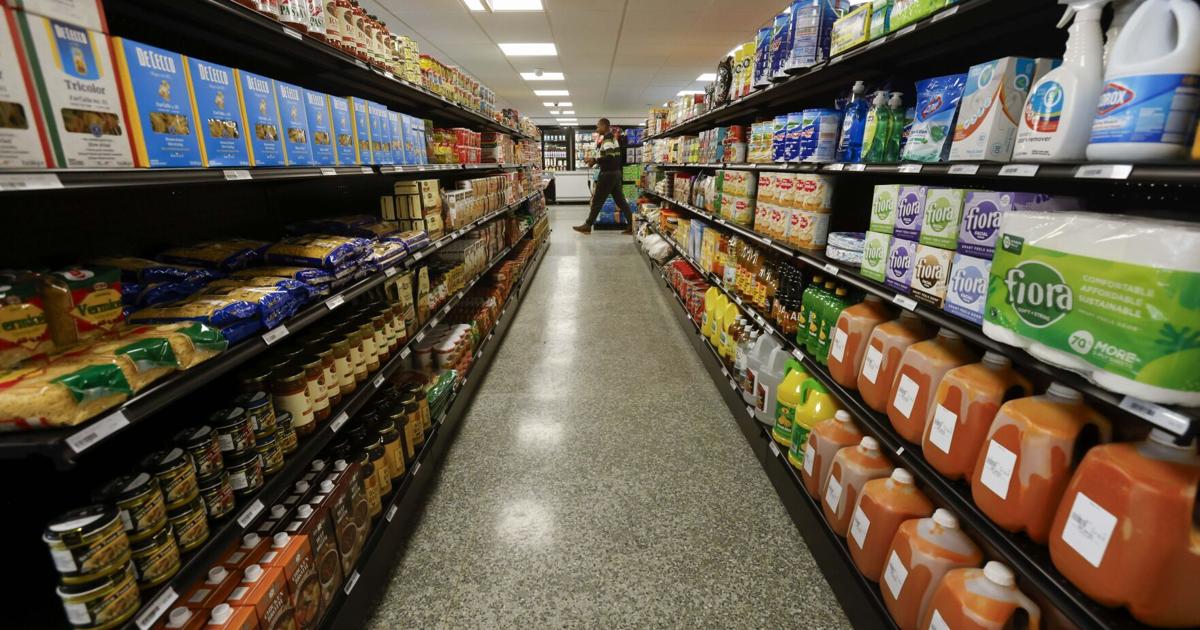PARIS, Jan 6 (Reuters) – A surge in the price tag of most meals commodities very last 12 months, as the disruption prompted by Russia’s invasion of Ukraine elevated worries of shortages, despatched the U.N. foodstuff agency’s common cost index to the highest stage on report.
The Food stuff and Agriculture Organization’s (FAO) foodstuff selling price index, which tracks international price ranges of the most globally traded food commodities, averaged 143.7 points in 2022, up 14.3% from 2021, and the highest since documents began in 1990, the company reported on Friday.
The index had previously received 28% in 2021 from the former calendar year as the earth financial state recovered from the impression of the pandemic.
Food stuff price ranges surged soon after Russia’s invasion of Ukraine in February last 12 months on fears of disruptions to Black Sea trade. They have pared some of their gains considering the fact that, in element for the reason that of a U.N.-backed grain export channel from Ukraine and the prospect of enhanced provides in generating nations.
In December the benchmark index fell for the ninth consecutive thirty day period to 132.4 details, in comparison with a revised 135.00 factors for November. The November determine was earlier specified as 135.7 points.
“Calmer food commodity selling prices are welcome after two very risky a long time,” FAO Main Economist Maximo Torero stated.
The drop in the index in December was pushed by a drop in the intercontinental cost of vegetable oils, with each other with some declines in cereal and meat charges, but mitigated by slight improves in these of sugar and dairy, the FAO explained.
Nevertheless in excess of the total of 2022, four of the FAO’s five foodstuff sub-indexes – cereals, meat, dairy and vegetable oils – experienced achieved report highs, while the fifth a single, sugar, was at a 10-12 months high.
The FAO Cereal Selling price Index index rose 17.9% in 2022 thanks to variables like considerable marketplace disruptions, increased vitality and input expenditures, adverse temperature and continued sturdy worldwide meals demand, the FAO explained.
Reporting by Sybille de La Hamaide modifying by Barbara Lewis
Our Expectations: The Thomson Reuters Trust Ideas.








